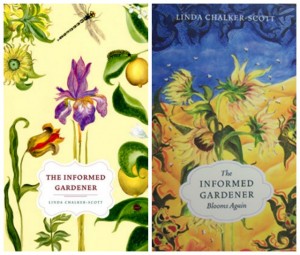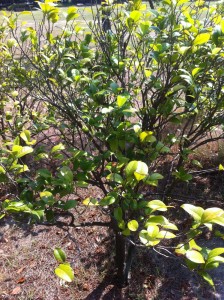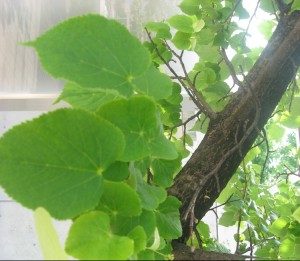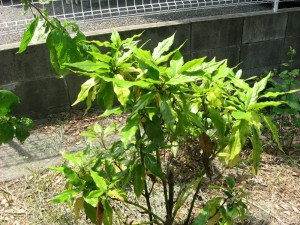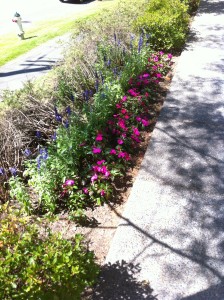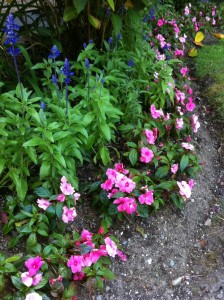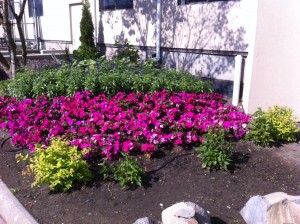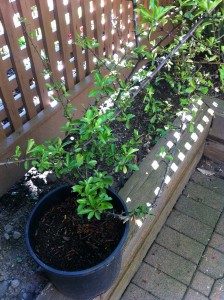At a Starbucks recently, I ran into a friend who fights invasive plants with a municipal department. After covering the usual enemies -see below-, she shared with me her number one frustration. Homeowners who dump their pots into wild municipal zones. Yes, the local garden stores sell the plants and they’re fine nicely contained in your home garden. Once they’re dumped into open spaces they spread and displace native vegetation, affecting local ecology and soils. Municipalities then spend tax money fighting this problem. Discard your unwanted pots and plants with your Proper landscaper or at your local transfer station. It may even be free for residents.
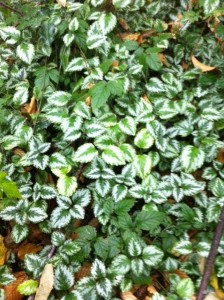
Lamium in the woods, five meters from the road
Discarded pot full of bulbs and who knows what else……
Two other common invasive plants.


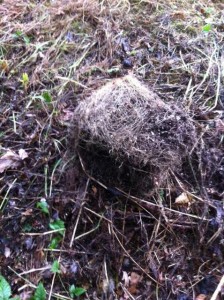
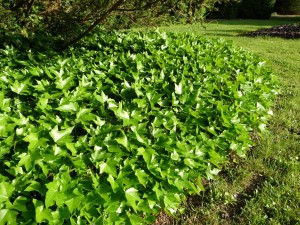
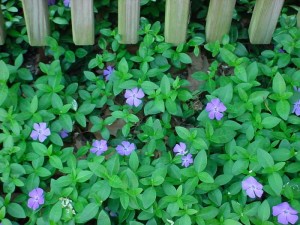
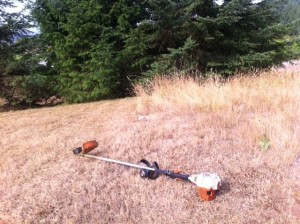
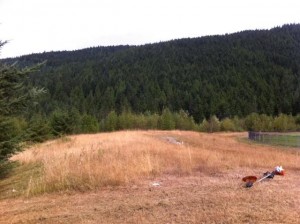
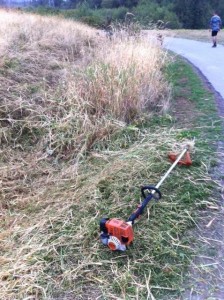
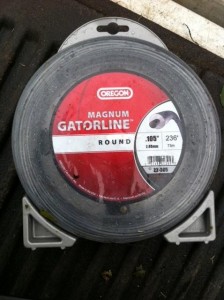


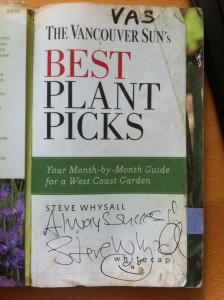
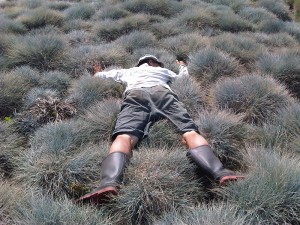
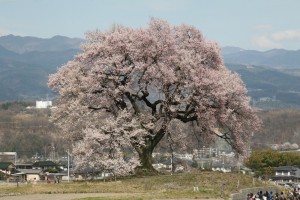
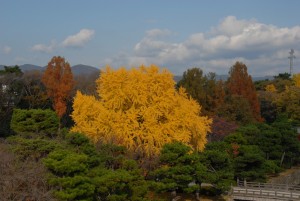
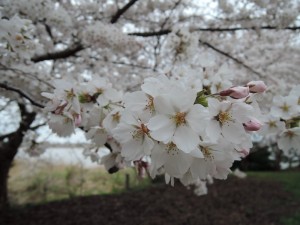
 Dr. Linda Chalker-Scott is my hero. She is an associate professor and extension urban horticulturist at Washington State University.
Dr. Linda Chalker-Scott is my hero. She is an associate professor and extension urban horticulturist at Washington State University.